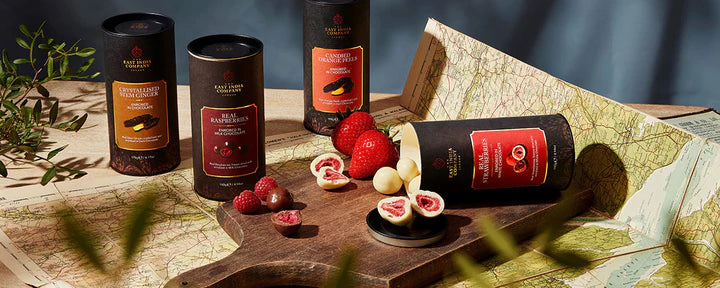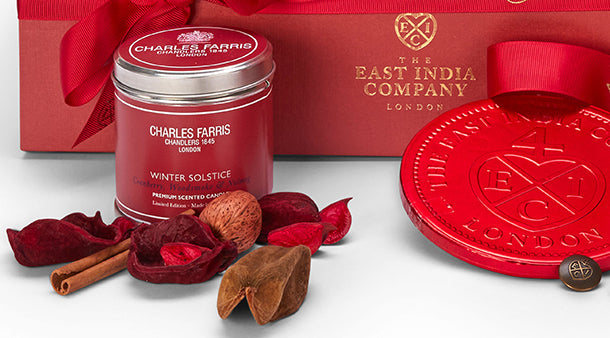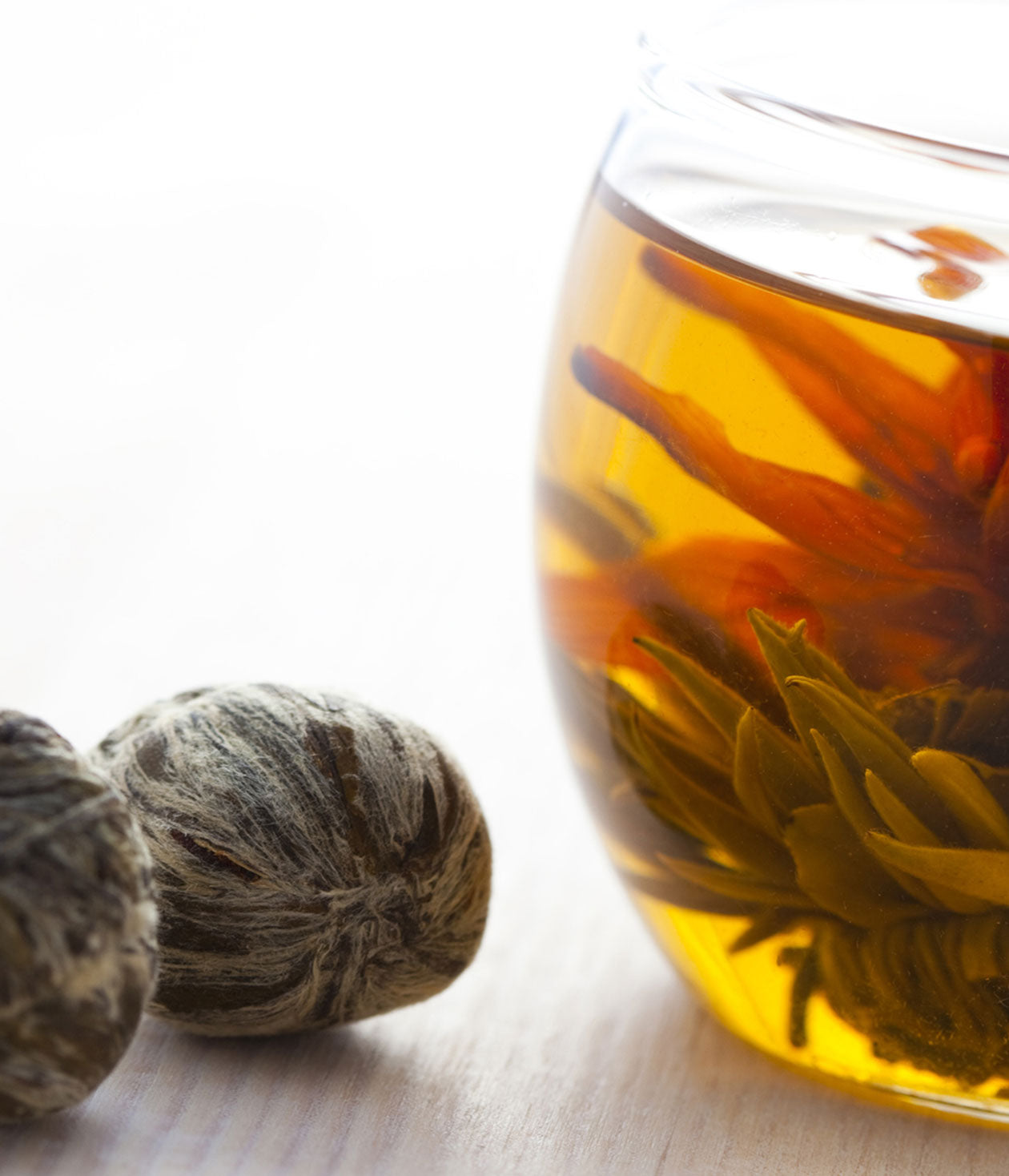We use the word ‘artisan’ to describe someone who learns their trade over a lifetime and handcrafts beautiful items to be admired or treasured. Undoubtedly, the flowering tea craftspeople of China deserve this accolade, but it might be truer to describe them as artists.
So how did this art start?
Exactly when is a little disputed, but likely they have their origins a handful of centuries ago, becoming very popular only in the last 20 years or so. It almost certainly started in Yunnan, in south-east China, when the art of shaping teas for entirely visual purposes was developed to help decorate the royal courts.
Sometimes referred to as ‘blooming teas,’ flowering teas are hand-tied, intricate arrangements of either individual whole green tea leaves or long white buds, which hide a central fresh flower, like a rose or marigold perhaps, osmanthus or jasmine. The bundle is built up gradually and dried at each stage. Once complete to the desired size and shape, it will be finally baked dry, removing all the water as in normal for any tea.
From village to village in China, each with their own unique variations, the artists take great pride in their work, rightly believing their creations to symbolise love, happiness and prosperity.
These are precious – even the most experience flowering tea artists can only make handfuls a day. Always use glass when brewing your flowering tea for the full ‘wow’ effect. Take a picture, we would love to see it.

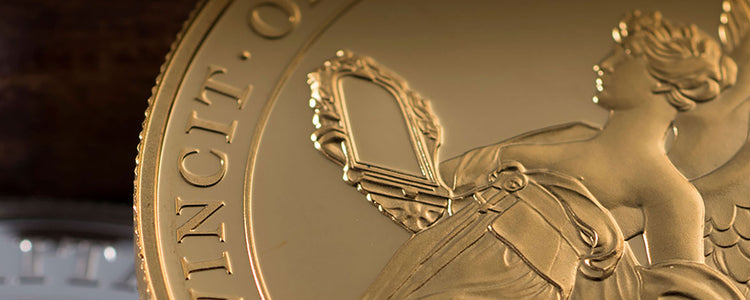
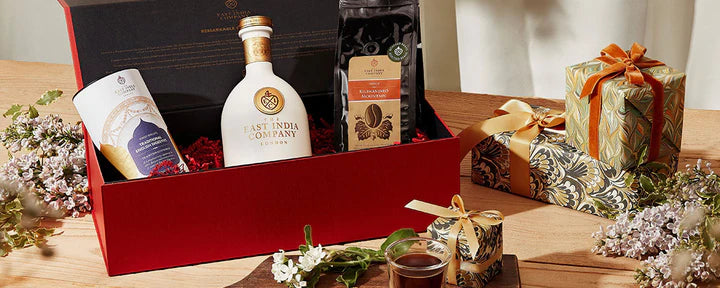
 Ceylon / Sri Lanka
Ceylon / Sri Lanka Assam, India
Assam, India Japan
Japan Taiwan
Taiwan Nepal
Nepal China
China Kenya
Kenya Egypt
Egypt South Africa
South Africa